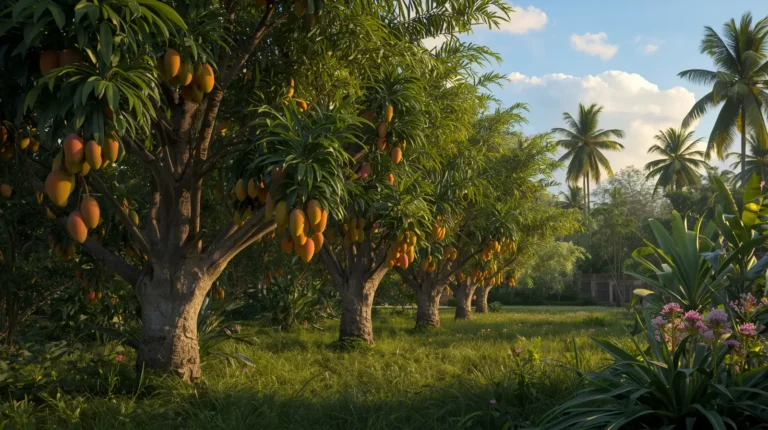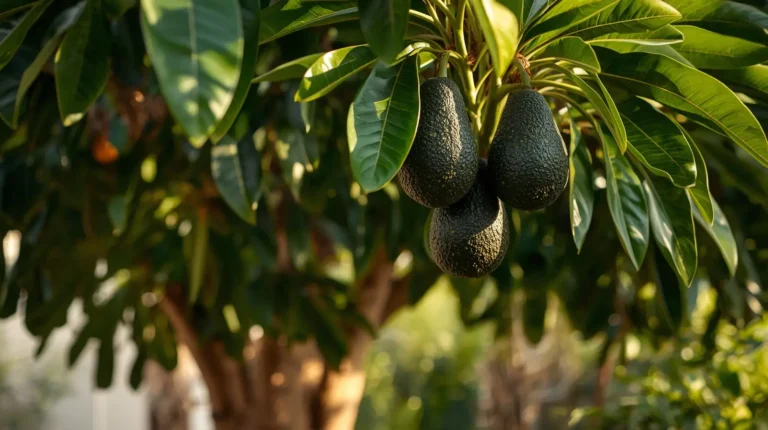When I first began exploring ways to enrich my garden, I discovered how coffee grounds can truly transform the care of citrus trees. Their many advantages lie in the essential nutrients and organic matter they provide, helping to improve soil structure and boost soil health. By turning what was once waste into a beneficial soil additive, every gardener can cultivate healthier, vibrant plants and promote steady growth. When used as part of your gardening routine or compost, they support nutrient enrichment and sustainability, creating an environmental benefit that keeps your thriving ecosystem balanced. From my own experience, understanding how to effectively harness this potential is crucial to transforming standard practices into long-term, nature-friendly habits — and it’s here that I realized the true answer to the question: are coffee grounds good for citrus trees.
Managing the Complexities of Application
Like any good technique, there are complexities in the application of coffee grounds. An excess can lead to unforeseen challenges such as overuse, imbalance, acidity, or even nutrient overload, which might cause root damage or disturb soil balance and nutrient balance. Keeping stability, equilibrium, and harmony in your soil mix ensures consistent results. As I’ve noticed, small portions mixed with remnants of compost or organic matter bring out the best benefits without the risk of disruption. Maintaining balance is crucial — too much nitrogen may cause the soil improvement process to become disrupted, reducing its impact on your plants. Once mastered, though, this method becomes part of a natural rhythm of nurturing and growth that connects you to the soil on a deeper level.
Understand the Benefits of Coffee Grounds for Citrus Trees
When I first started using coffee residues in my garden, I realized how much they could help in the healthy development of citrus plants. These residues are packed with essential nutrients such as nitrogen, phosphorus, magnesium, and copper, which act as a slow-release fertilizer providing a consistent supply of vital nutrients to the soil. The coffee bean remnants also balance soil pH, creating an acidic environment where citrus can truly thrive. Ideally, keeping the pH between 6.0 and 7.0 helps maintain the right acidity for better nutrient absorption, especially iron, which prevents chlorosis—those unwanted yellowing leaves we often see when nutrients run low. I’ve found that mixing a small amount of organic matter with coffee grounds greatly enhances soil structure, water retention, and drainage, making the soil lighter yet more fertile.
Beyond feeding the plants, the aromatic properties of coffee can naturally deter pests like slugs and snails, offering gentle protection to citrus trees. This simple approach turns waste into a nutrient-rich treasure trove, improving both health and yield of your plants. Adding potassium and trace minerals through coffee grounds supports strong root growth and fruiting, making your trees shine with new energy. Seasoned gardeners who truly understand soil balance know how these natural materials contribute to sustainable gardening. In my experience, using coffee as an organic tool reconnects us with nature’s cycle and shows just how much hidden value lies beneath a daily cup of coffee.
Apply Coffee Grounds: Step-by-Step Instructions
- Start by collecting used brew residue from your coffee maker or a nearby café. Make sure there are no additives such as sugar or cream, as these can interfere with soil balance and cause unwanted growth issues.
- Spread the caffeine remnants on a baking sheet and let them dry completely. This simple step prevents mold development when the material is applied to the earth.
- Before you apply the grounds, check the soil pH near your citrus trees. Maintaining a pH range of 6.0 to 7.0 is optimal, helping you determine the right quantity of grounds to utilize safely.
- Combine the dried coffee with organic material such as compost or decomposed leaves. This mixture enhances nutrient availability, improves ground texture, and supports ventilation, which helps reduce fungal disease and encourages healthier growth.
- Gently apply a thin layer (around 1/4 inch) of the blend at the base of your citrus plants, keeping it away from the trunk. This allows nutrients to penetrate the soil without harming the tree.
- Water thoroughly after applying the grounds. This step activates the nutrients, boosts microbial activity, and enhances overall plant health—something I’ve noticed makes a real difference in leaf color and soil texture.
- Monitor your garden closely. With regular monitoring and a consistent care routine, you’ll soon see improved growth, vibrant green leaves, and increased fruit production—proof that this method works effectively when done mindfully.
Disclaimer: Be aware that used brew residue and fresh bean residues can be harmful to dogs if eaten in significant amounts, and using fresh grounds may hinder growth. Always dry and prepare them properly before applying.
“For a detailed guide focused specifically on citrus trees, Everglades Farm offers a step-by-step overview of how to safely apply coffee grounds around citrus roots and monitor nitrogen levels.”
Read Also: Gardening & Plant Care Guide for Thriving Plants 🌿
Troubleshoot Common Issues When Using Coffee Grounds
- Sometimes excess nitrogen from coffee residue or coffee remnants can cause yellowing leaves and stunted growth. This usually happens due to overuse, leading to nitrogen overload. To restore balance, add carbon-rich materials like dried leaves to maintain proper nitrogen levels and keep your citrus trees in optimal health.

- When soil compaction occurs, the roots can’t breathe properly, forming a compacted layer that slows root development. Mix the substrate with organic materials such as compost to improve aeration and promote healthier root systems. I’ve found that this simple change really helps roots spread evenly.
- Mold growth often appears due to excess moisture or overwatering. Keep your coffee grounds dry before application and avoid creating a favorable environment for mold. Proper drying helps maintain a balanced ecosystem for your plants.

- Watch your acidity levels by checking the soil pH regularly. If your plants show distress, the pH may have dropped below the pH range of 6.0 to 7.0, which is ideal. Add a bit of lime to balance pH and create a healthier environment for your citrus trees. Be aware that decomposing bean residue can alter pH over time, so regular monitoring is important.
- Pest attraction can happen even when using used coffee grounds. While they can repel pests, they may also attract pests like slugs. Keep track of pest activity and apply good pest management strategies. According to several studies, balanced application can enhance plant strength and resilience naturally.

Conclusion
Using coffee grounds for your citrus trees can be a rewarding practice when done carefully. The key is moderation—avoid overuse, maintain balance, and keep an eye on soil pH, moisture, and pest activity. With regular monitoring, your plants will enjoy better health, growth, and resilience. Every gardener can benefit from understanding how to handle coffee residue responsibly to prevent problems like mold growth, excess nitrogen, or soil compaction.
Read Also: Tropical Fruit Trees: Grow Exotic Paradise at Home
FAQs
- How often should I apply coffee grounds to my citrus trees?
Apply a small amount once every 3–4 weeks. Overusing coffee grounds may lead to nitrogen overload or acidic soil. - Can I use fresh coffee grounds instead of used ones?
It’s better to use used coffee grounds because fresh ones contain more caffeine, which can harm plants and affect soil pH. - Why are my leaves turning yellow after using coffee grounds?
Yellowing leaves often signal excess nitrogen or poor drainage. Try mixing the grounds with carbon-rich materials like dried leaves or compost. - Do coffee grounds attract or repel pests?
They can repel pests like ants but sometimes attract pests such as slugs. Keep checking for pest activity and adjust your pest management strategies accordingly. - Can I mix coffee grounds with other fertilizers?
Yes, but mix in moderation. Combining coffee grounds with organic materials improves aeration and overall soil health, promoting healthier root systems and growth.




